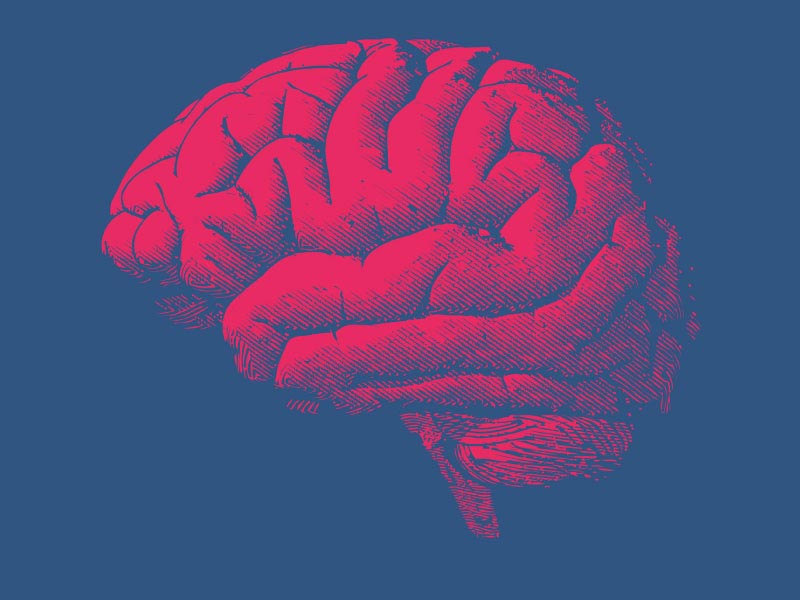As stroke rates rise among younger adults, nearly 1 in 3 don't know symptoms
By American Heart Association News

Almost 30% of adults younger than 45 don't know the five most common symptoms of a stroke, according to new research. At the same time, stroke is on the rise in that age group.
Each year, 10% to 15% of the nearly 795,000 people in the United States who have a stroke are between the ages of 18 and 45. And despite a decline in the general population, stroke rates – and hospitalizations for it – have increased by more than 40% among younger adults in the past several decades.
"While the medical community has made significant improvements to reduce the severity and complications of strokes with early interventions, these efforts are of limited value if patients do not recognize stroke symptoms," study author Dr. Khurram Nasir said in a news release. He is chief of the division of cardiovascular prevention and wellness at Houston Methodist DeBakey Heart and Vascular Center in Texas. "Time is critical for treating stroke. The earlier people recognize symptoms, the better their chances are to reduce long-term disability from stroke."
In the new study published Monday in the American Heart Association journal Stroke, Nasir and his colleagues analyzed answers to a 2017 National Health Interview Survey from 9,844 people under age 45. Statistically, that represents 107.2 million younger adults in the U.S. population.
The survey asked several questions about stroke, including identifying five of the most common stroke symptoms, which were noted as:
– Numbness of face/arm/leg
– Confusion/trouble speaking
– Difficulty walking/dizziness/loss of balance
– Trouble seeing in one/both eyes
– Severe headache
The researchers found about 3% of respondents, representing nearly 3 million younger adults, were not aware of any stroke symptom, and about 29% were not able to identify all five telltale signs.
Compared to non-Hispanic white people and those born in the U.S., Hispanic adults and adults not born in the U.S. were about twice as likely to be unaware of any of the common stroke symptoms. The survey also showed people with a high school diploma or lower education level were nearly three times as likely to be unaware of any stroke symptom compared to their young adult counterparts with higher education levels.
Respondents answered "yes" or "no" when asked if something was a common stroke symptom, which led to an overestimation of actual awareness rates, according to the authors.
Nasir said the findings shed light on people and communities who already experience a disproportionate burden of stroke and heart disease risk factors, as well as reduced access to health care services.
"We hope that highlighting the continued impact of current health disparities may advance focused public health strategies and educational initiatives to increase awareness of and appropriate response to stroke symptoms," he said.
The researchers also found that nearly 3% of young adults surveyed would not contact emergency medical services if they saw someone experiencing what they thought were stroke symptoms.
"That finding could be a matter of life and death," Dr. Mitchell Elkind, an attending neurologist at New York-Presbyterian/Columbia University Irving Medical Center in New York City, said in the news release. He was not involved in the new study. "Calling 911 is critical because trained EMS personnel can start the care protocol en route to the hospital and have specialized teams standing by, ready at the hospital to administer the most appropriate treatment immediately."
Elkind is president of the AHA, which promotes remembering the warning signs of a stroke through the acronym FAST: "F" for face drooping; "A" for arm weakness; "S" for speech difficulty; and "T" for time to call 911.
"With proper, timely medical attention, stroke is largely treatable," Elkind said. "The faster you are treated, the more likely you are to minimize the long-term effects of a stroke and even prevent death."
If you have questions or comments about this story, please email [email protected].





